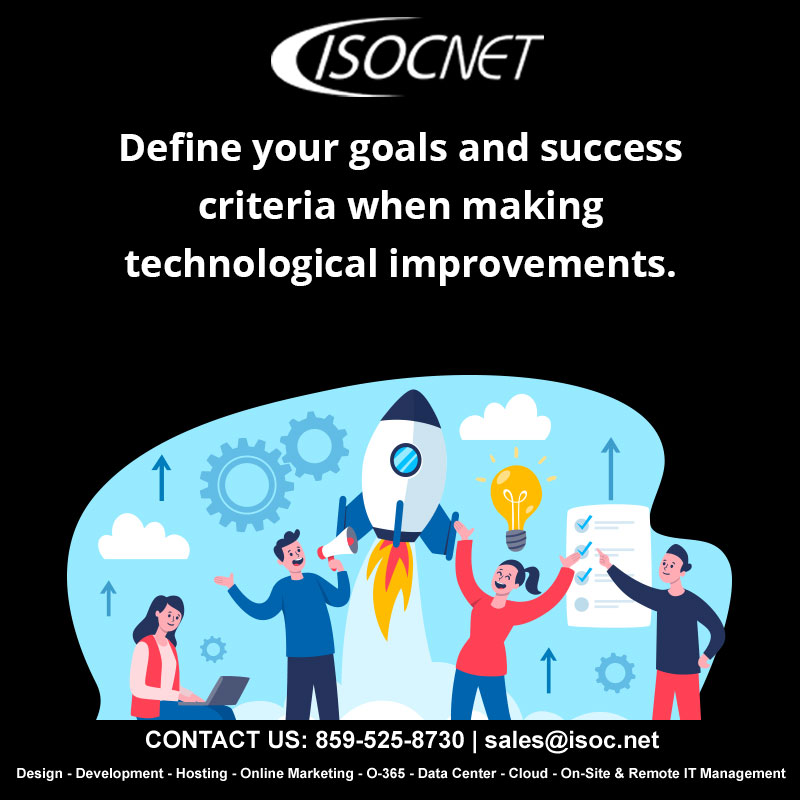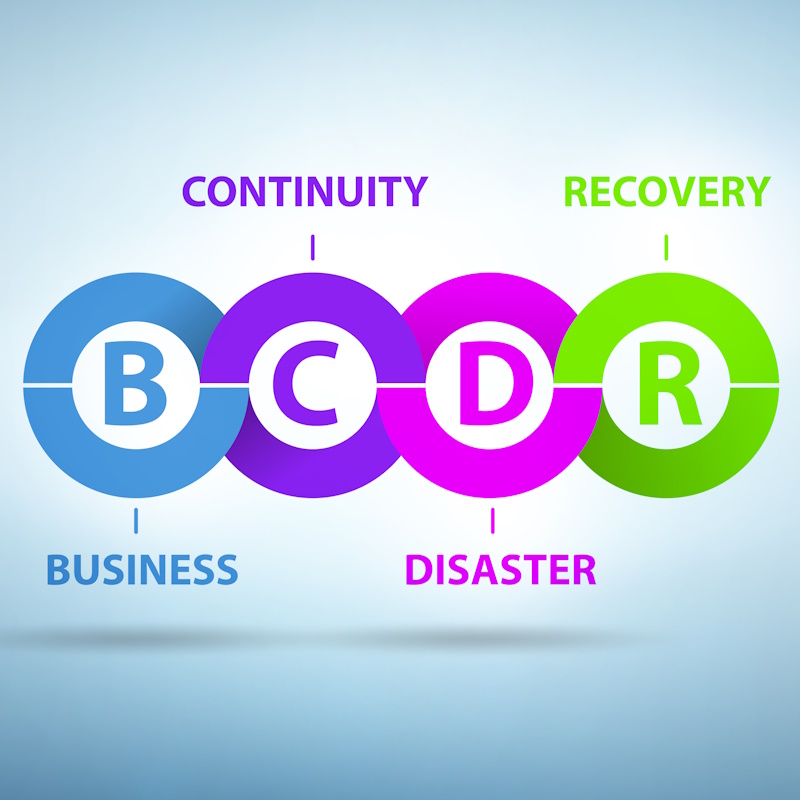Recent Posts
Categories

Introducing new and improved technology to your business can be exciting. Finding a solution that will help your team members do their jobs more efficiently and effectively by filling a gap in your technology infrastructure is certainly an achievement. However, before you get carried away with quickly implementing your new solution to reap the benefits, there are a few things you should know.
When introducing new technology into your IT infrastructure, keep in mind that change can be difficult for individuals whether they are the ones implementing the change or the ones being affected by this change. It can be hard to predict whether end users will readily accept or resist the change. Businesses want the most out of their investment, therefore you need a well-prepared change management strategy.
Change management is an approach that deals with changes or transformations in organizational processes, objectives and technology. The goal of change management is to devise strategies to implement and govern transformation while helping people adjust to it.
There are a few factors to consider before beginning your change management journey.
Ask these questions before making a technology change:
What is being changed?
It is critical to review your business environment first to identify critical areas that require a technological refresh as soon as possible.
Assume you are starting a transition from backup solution “X” to backup solution “Y.” Before implementation, spend some time assessing what the backup solution “X” lacks, why it needs an update and how important it is.
What will this change mean for people, processes and technology?
Communication plays a huge part in driving successful technological change. Therefore, you should make sure you develop strategies to help your employees adapt to any changes. Having open, two-way communication, with scheduled communication checkpoints to address people, processes, technology, and the impact is important.
Examine technology mapping and dependencies to ensure you understand the implications of pulling systems offline for updates. Also, determine the processes that need to be modified and the individuals who oversee them.
Who will manage the change?
Identify change leaders, advocates, and catalyst. Be sure to include contact information in all change communications to keep lines open for those who are responsible for managing the change. Having a sponsor for guidance and to hold you accountable for deviations from your projects is particularly valuable.
When is the best time to implement this change?
Finding the best time to implement changes is critical. A lot of care and research must go into deciding when to introduce a transformation.
Employees deal with changes differently, if you are about to implement another change or embark on another new transition make sure your employees are ready. Implementing a new change while the employee is still dealing with the effects of the previous changes can result in untrusting or overworked employees and you may want to postpone. On the flip side, if your employees have adjusted well to a recent change, then introducing a new transition could work out just as well. In addition, you want to avoid downtime, so consider the impact the changes can have on productivity.
How long will the change take?
When looking into a new change, you can’t make the decision overnight. A change in your company is important and it is essential you have all the plans and information before creating this new change. A change must not be too quick, causing confusion and employee frustration, or too slow, diluting the entire purpose of the transformation. Setting a realistic deadline and striving to meet it is critical.
Who will reach out to support if something goes wrong?
No change is immune to unexpected setbacks. Plan for the worst and hope for the best. When things don’t go smoothly, it is critical to have emergency contacts of people with various skillsets to call upon in the event of a mishap. However, finding people with the necessary skillsets and knowledge base is tricky.
Collaboration with a managed service provider (MSP) who can support you in emergency and non-emergency situations can be a promising idea.
Find the right partner
Change is a challenging experience. You risk damaging key processes and losing valuable team members to burnout if you don’t have a good change management strategy in place. An expert with years of experience and subject knowledge, like us, may be exactly what your company needs.
Feel free to contact us for a consultation on change management. If you want to learn more about change management, download our eBook.



